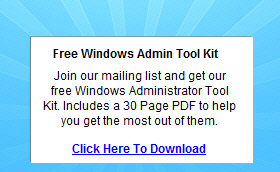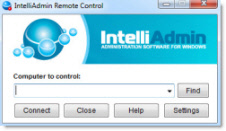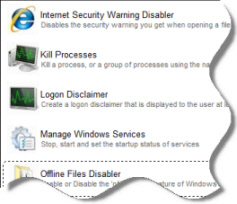Hi all
Since upgrading to CU8 last night from (I think) CU6 Exchange seems to believe that the public folders are pointing to deleted objects for each mailbox and database.
I've checked and the public folders database still exists under CN=Databases,CN=Exchange Administrative Group (FYDIBOHF23SPDLT),CN=Administrative Groups,CN=ORGNAME,CN=Microsoft Exchange,CN=Services
However, if I run get-publicfolderdatabase it returns nothing!
Public folders are still all accessible, but I'm starting to worry a bit.
Our public folders were originally migrated from Exchange 2007
Can anyone shed any light or give advice?
Thanks
Andy


